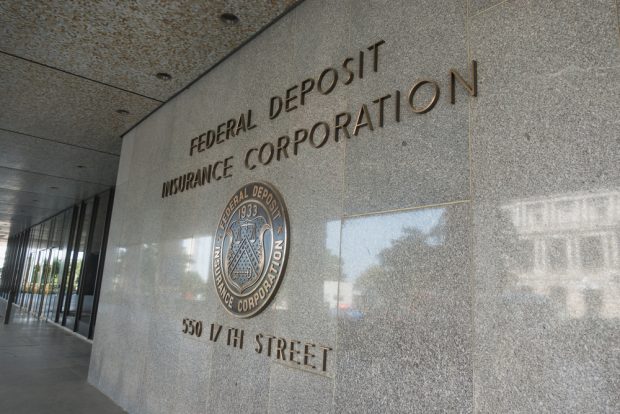A temporary Federal Reserve program has quietly reduced the amount of capital credit unions have had to pledge so corporates can meet NCUA requirements.
The Excess Balance Account program allows corporates to offload overnight balances onto the Fed's balance sheet, while still earning the same interest rate as overnight accounts.
The Fed launched the program in July 2009 because it found some institutions preferred to hold excess balances at the Fed, rather than selling them in the federal funds market. The large balances inflated correspondents' assets during a time when they were struggling to maintain capital ratios.
Mark Brown, chief financial officer at the $1.5 billion First Carolina Corporate Credit Union, said his Greensboro, N.C. institution was among the first corporates to get approved by the Fed to participate in EBA.
“It's been wildly successful for us,” Brown said. Currently, First Carolina manages $750 million worth of deposits in the EBA program, he said.
The EBA program has had an exponential effect on the Warrenville, Ill.-based Alloya Federal Credit Union's balance sheet.
According to Alloya's March financial reports, the $1.9 billion corporate shrunk its assets from $10.5 billion as of March 31, 2011, partly as a result of EBA. As of March 31, Alloya had $4.1 billion in EBA, more than twice the amount of assets kept on its balance sheet.
“What it did was allow us to require less capital from member credit unions,” said Vic Vrigian, vice president of marketing.
Alloya is also utilizing its subsidiary, Balance Sheet Solutions, to implement other ways to move funds off the balance sheet.
“But from the standpoint of the Fed, they already have the program in place, and from a credit risk standpoint, they are the lowest credit risk option out there,” Vrigian said.
Brown said if EBA funds were quickly returned to First Carolina's balance sheet, the corporate would still meet NCUA capital requirements.
Of the $750 million in the EBA program, approximately one-third is from non-capitalized members. So, First Carolina would only be required to hold the capitalized members' deposits on its balance sheet, and its current 5.51% leverage ratio would be sufficient.
Vrigian said Alloya's business plan doesn't ask members for capital based on their asset size; instead, it's how a member credit union utilizes Alloya's balance sheet that determines its capital requirement.
“If members wanted to keep higher balances with us, they could do that, but we would need more capital,” he said. As of March 31, Alloya's capital ratio was 5.82%.
Before a corporate can participate in the program it must first gain the approval of both the Fed and the NCUA. The Fed will “evaluate the continuing need for excess balance accounts” as market conditions evolve, the central banking entity said on its website.
Read more about the EBA program and corporates in the June 13 print edition of Credit Union Times.
© Touchpoint Markets, All Rights Reserved. Request academic re-use from www.copyright.com. All other uses, submit a request to [email protected]. For more inforrmation visit Asset & Logo Licensing.






